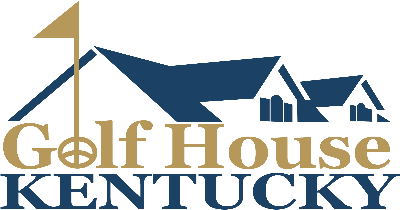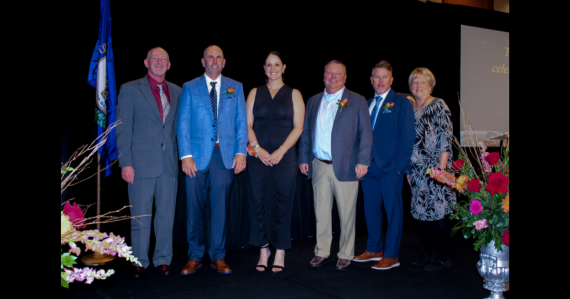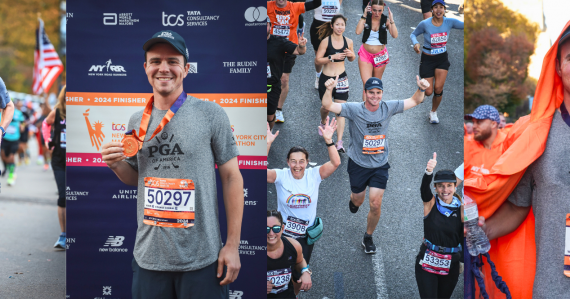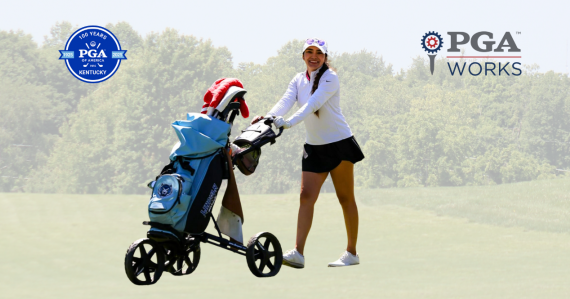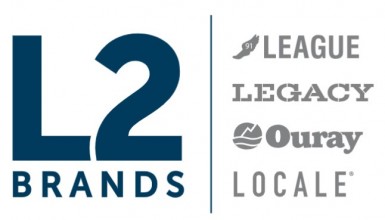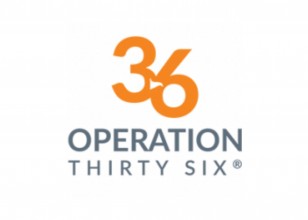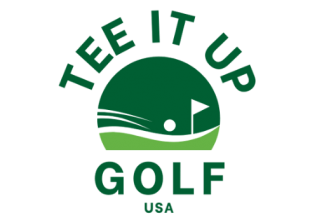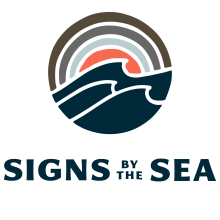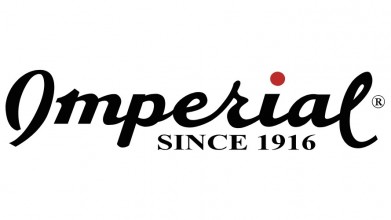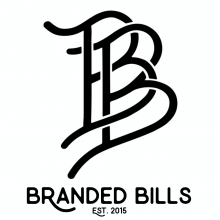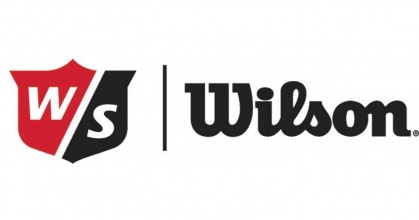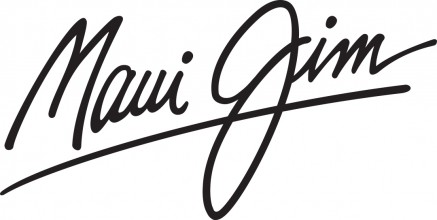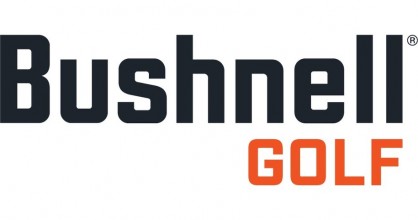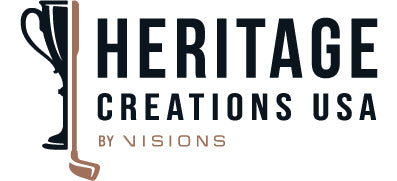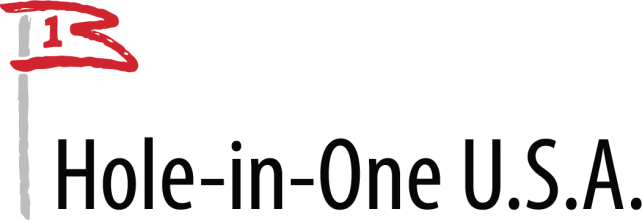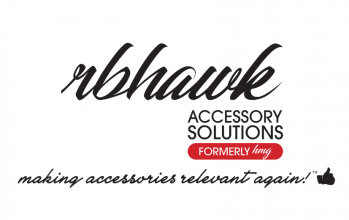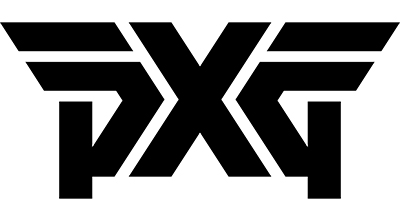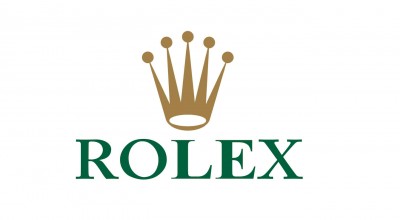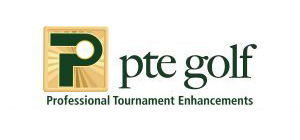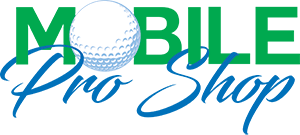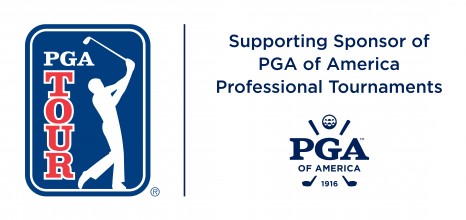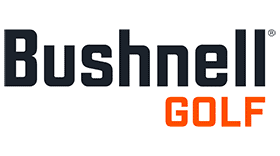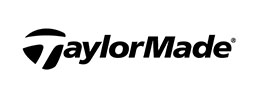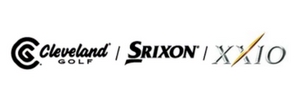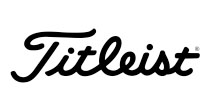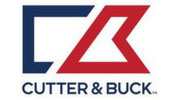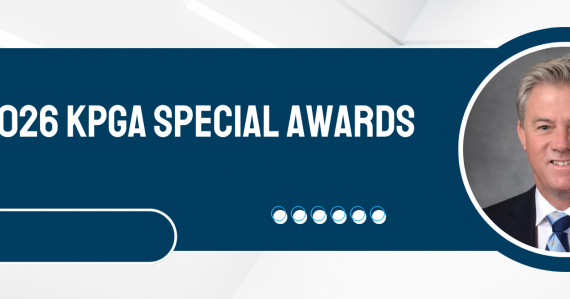
News
The Coomer Corner - Mark, Lift, Clean... Sounds Like Laundry Day!
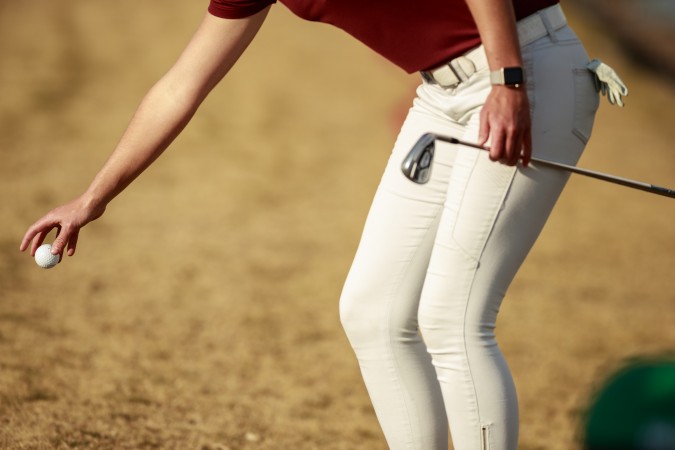
Mark, Lift, Clean – Sounds Like Laundry Day!
(Rules for the Game of Golf)
For those golfers who have a challenging time leaning over far enough to drop a ball from knee height, would you rather go back to some of the versions attempted by our ancestors? How about throwing the ball over your head as far as you want to, dropping a ball over your head or a more recent version to drop the ball over your shoulder? Even holding the ball at shoulder height and arm’s length has gone by the wayside.
Seems like the game has evolved so much within this one rule, players have negligible risk in getting the ball back in play from a reasonable and an advantageous lie. You don’t even have to redrop if the ball strikes you or an outside influence once it hits the ground. Don’t blame anyone other than yourself if you can’t get a decent lie from this procedure.
Rule 14 opens with the following purposes for the rule:
• When and how the player may mark the spot of a ball at rest and lift and clean the ball and how to put a ball back into play so that the ball is played from the right place.
• When a lifted or moved ball is to be replaced, the same ball must be set down on its original spot.
• When taking free relief or penalty relief, a substituted ball or original ball must be dropped in a particular relief area.
• A mistake in using this procedure may be corrected without penalty before the ball is played, but the player gets a penalty if they play the ball from the wrong place.
This rule now requires an additional adjustment on your part. You must use something artificial when placing an object to mark the position of the ball before lifting it for any reason if you are required to replace it. So, no longer will you be able to place a leaf or twig to mark the ball, if you ever did that in the first place! It is still okay to hold a club behind or next to the ball as a marking procedure.
It is against the rule to lift the ball without marking it first if it must be replaced on the same spot, marking it in a wrong way or leaving the marker in place while making a stroke at the ball and it will cost you a penalty stroke. But, if you are taking relief under Rules 16 – 19, you are not required to mark the spot of the ball first.
Persons that are allowed to lift the ball are limited to the player and a person authorized by the player. The player’s caddie is also included as authorized when the ball is at rest on the putting green or when it is reasonable to believe that the player will take relief under a rule. If the caddie lifts the ball when not allowed, the player invokes a one stroke penalty.
As the title of this article implies, this rule may conjure up thoughts of laundry day with all the cleaning that goes on. There seems to be more attention paid to when the ball can’t be cleaned as to when it can. For instance, cleaning is not allowed when the player is attempting to identify if the ball is theirs. Doesn’t seem quite fair until you add the extension of the sentence that says, “cleaning is allowed only as needed to identify it.” Other exceptions include no cleaning to see if it is cracked or cut, because it interferes with play or to see if the ball lies in a condition where relief is allowed. So, clean away for any other reason that you lift the ball.
Now that you have the original ball in your hands, who gets to replace it? Remember the people allowed to lift it to begin with? Those same people may replace the ball in the correct spot. Use your hand to place the ball and do not move the ball until you make the next stroke. If for some reason the original lie is altered before the ball is replaced and you did not cause the alteration, you may select a position as near to the same condition and as near to the spot as possible. An example would be if another player made a stroke at their ball and a divot landed on your ball, you can remove or repair the damage done to your conditions affecting the stroke.
Next, a ball has been lifted because there is a relief procedure you are allowed to initialize. You may have a ball in a penalty area, in abnormal conditions or an unplayable lie. Once you have decided as to your selection of relief choices, you will need to get the ball back into play by dropping the ball in the correct area. Your ancestors were instructed to either throw the ball, drop it over their head or shoulder or even tee it up behind the “hazard” and play. Just remember to locate the correct area and gently lean over to drop the ball from your knee height. Hopefully, you can master this skill with just a few attempts!
Generally, you will be instructed to choose between three options when dropping a ball in a relief procedure; return to the last place you played the ball (Stroke and Distance), drop on an extension of the Back-on-the-Line option or drop within two club-lengths of a lateral penalty option. Once the ball strikes the ground, the ball cannot move more than one club length and no closer to the hole before it comes to rest.
Although there are a few other subsections of information in Rule 14, the last section, 14.7 Playing from Wrong Place, is especially important to comprehend. A wrong place is anywhere that the player has taken a stroke that is not allowed and violates the rule. For instance, the player has taken relief from an immovable obstruction, a cart path, and has dropped their ball where the interference is not completely clear of the lie of the ball, their stance, or their swing. If the player takes a stroke at the ball, they are playing from a wrong place and will be penalized two strokes.
A more obvious violation of playing from a wrong place would be taking relief from a penalty area and dropping a ball nearer to the green than where the ball entered the penalty area and taking the stroke. This action could well be a “Serious Breach” of the rule and if not corrected, would cause a disqualification of the player, instead of the general penalty.
Knowing the sequence of events when marking, lifting, cleaning, replacing, and dropping is the key to this rule. There may be changes from time to time in the process or the sequence so be aware of how these actions affect your game and your understanding of the rules.

